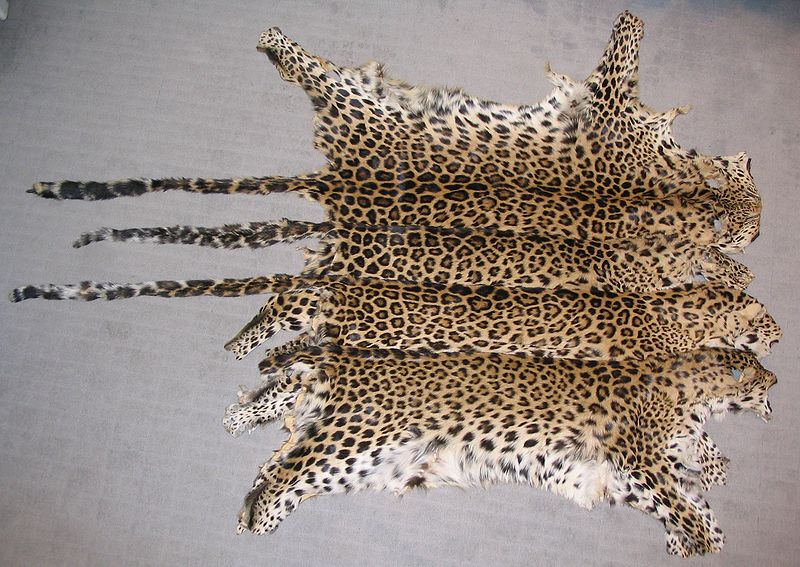Endangered Species Blog 4
Amur Leopard
Amur leopards look similar to other leopard species but have a few differences. They have paler coats and have large, dark, and widely spaced spots with unbroken rings. These leopards are located in Russia in the far east and adjacent areas in China. Since they are adapted to colder climates, they have thick coats that can grow up to 7 centimeters in the winter. With a remaining population of only 120 adults, these leopards are classified as critically endangered.
If these leopards were to become extinct, the ecosystem would become unbalanced because they are top predators. The animals they hunt would become overpopulated and the plants their prey consumes would decrease, causing the plants to die off. The health of the water, land, food, and other resources that local wildlife and people utilize would also be damaged.
The main cause for the decline of Amur leopards is the poaching for their fur, which can sell for up to $1,000 illegally. Their bones may also be harvested for traditional Asian medicinal practices. Other causes include habitat degradation, prey depletion, inbreeding, disease, and competitive interactions with tigers.
To conserve these beautiful cats, in 2012, the Russian government created a protected area called Land of the Leopard National Park. This park contains 65,000 acres of their breeding grounds and 60% their remaining habitat. There are about 80 Amur leopards that reside there to date. There are other conservation projects such as anti-poaching units to interfere and stop illegal poaching along with captive breeding. There are also fire-fighting teams to prevent habitat loss, projects protecting Amur Leopard's prey, reintroduction to the wild projects, awareness and outreach programs, and population and health monitoring methods. All of these efforts are slowly helping these leopards come back from the brink of extinction.
The following map picture shows occurrence probabilities for Amur leopards in northeaster China. Distribution modelling was used to predict where they likely are and the map was created using ArcGIS software.
How you can help:
- Support organizations that help with wildlife conservation
- Sign petitions to stop illegal poaching
- Visit national parks
- Educate yourself and others
- Adopt/sponsor a leopard
- Be a responsible tourist - don't litter
Sources:
https://www.worldwildlife.org/
https://russia.wcs.org/en-us/Wildlife/Amur-Leopards/Conservation-Threats.aspx#:~:text=Wildlife,and%20competitive%20interactions%20with%20tigers.
https://storymaps.arcgis.com/stories/616614c9d9214cd5acb217ad42a6ffe8
https://www.nature.com/articles/srep15475






Comments
Post a Comment